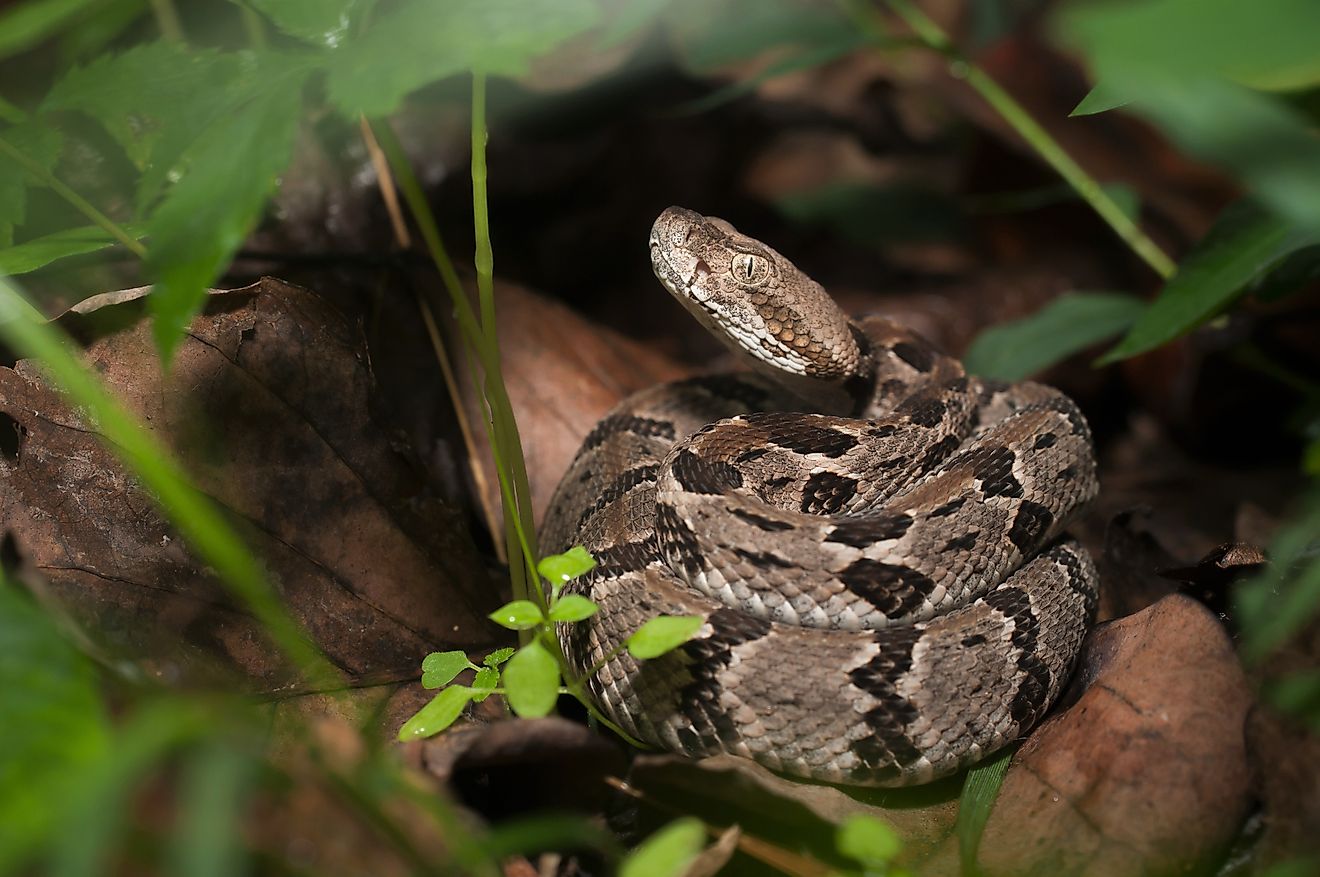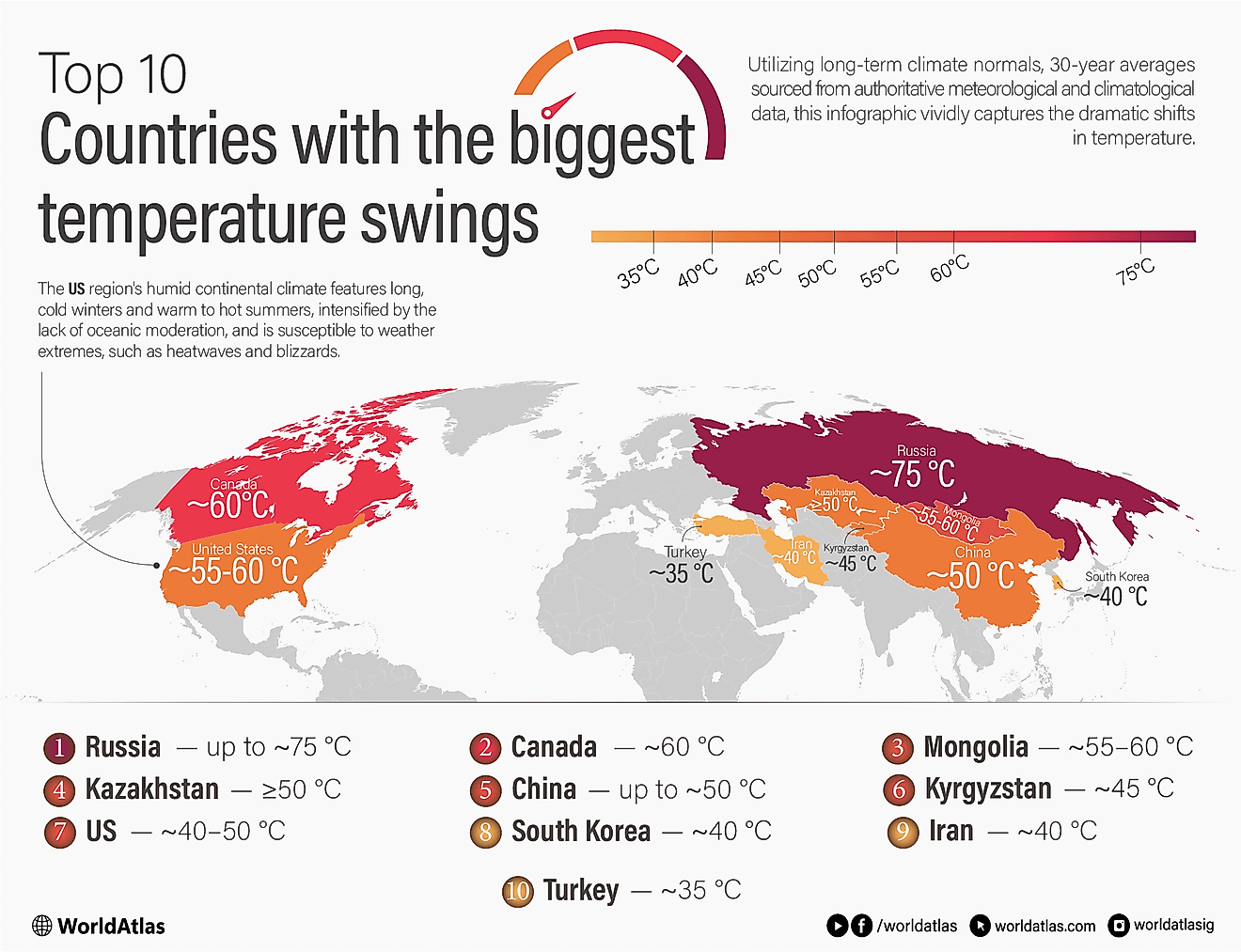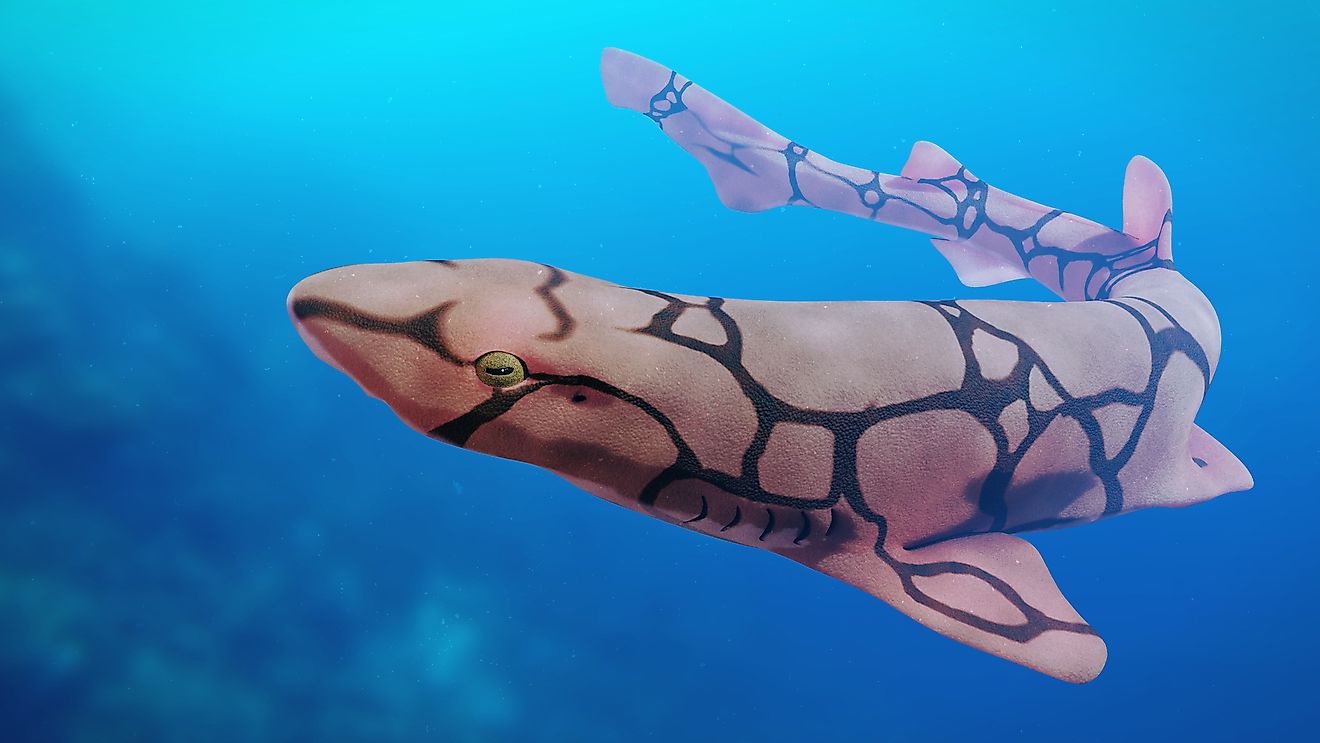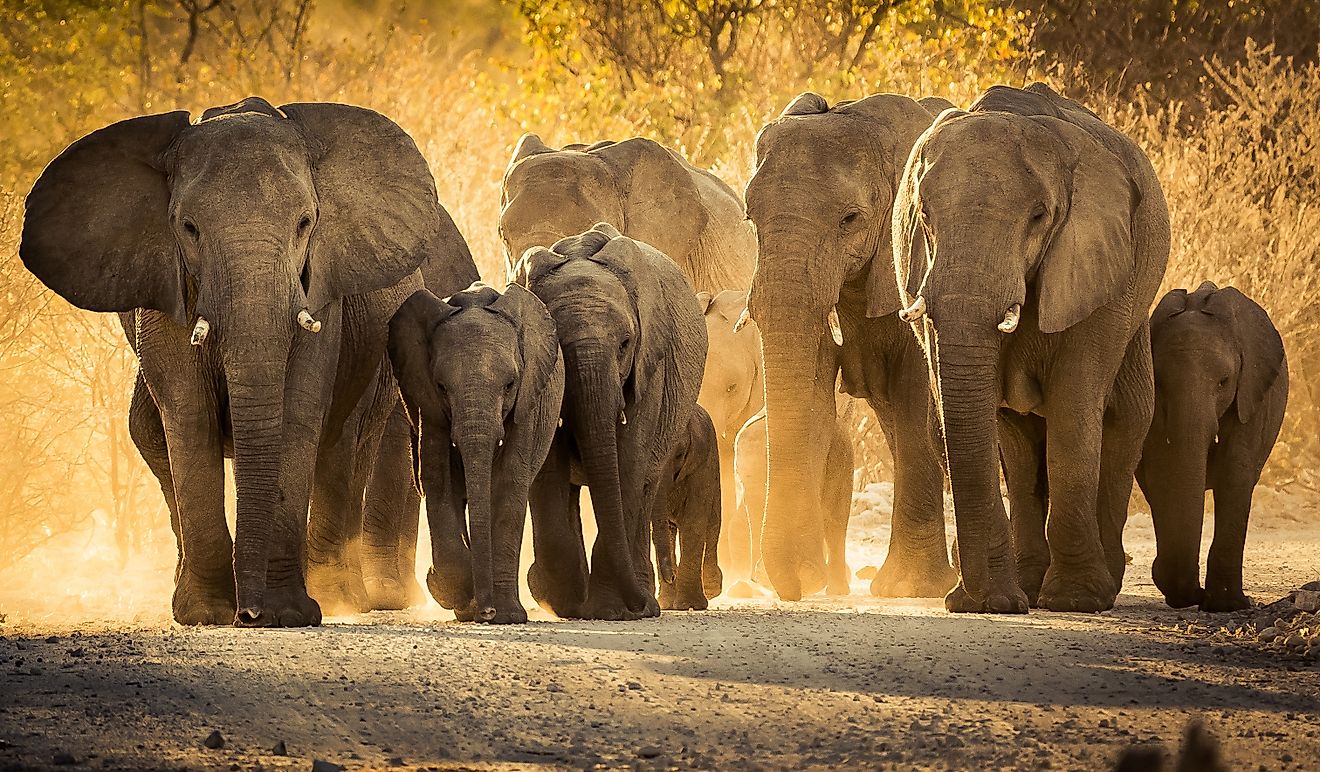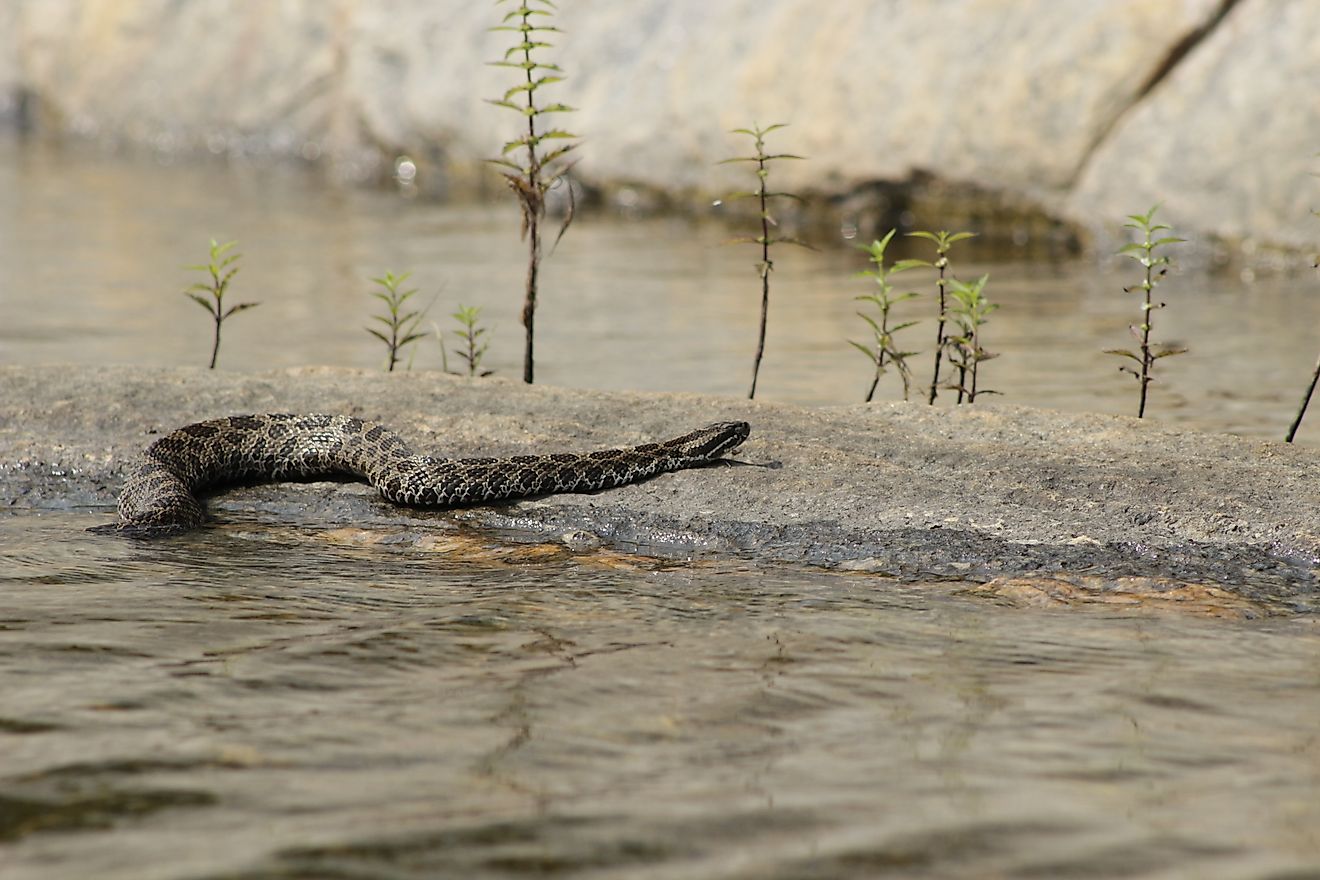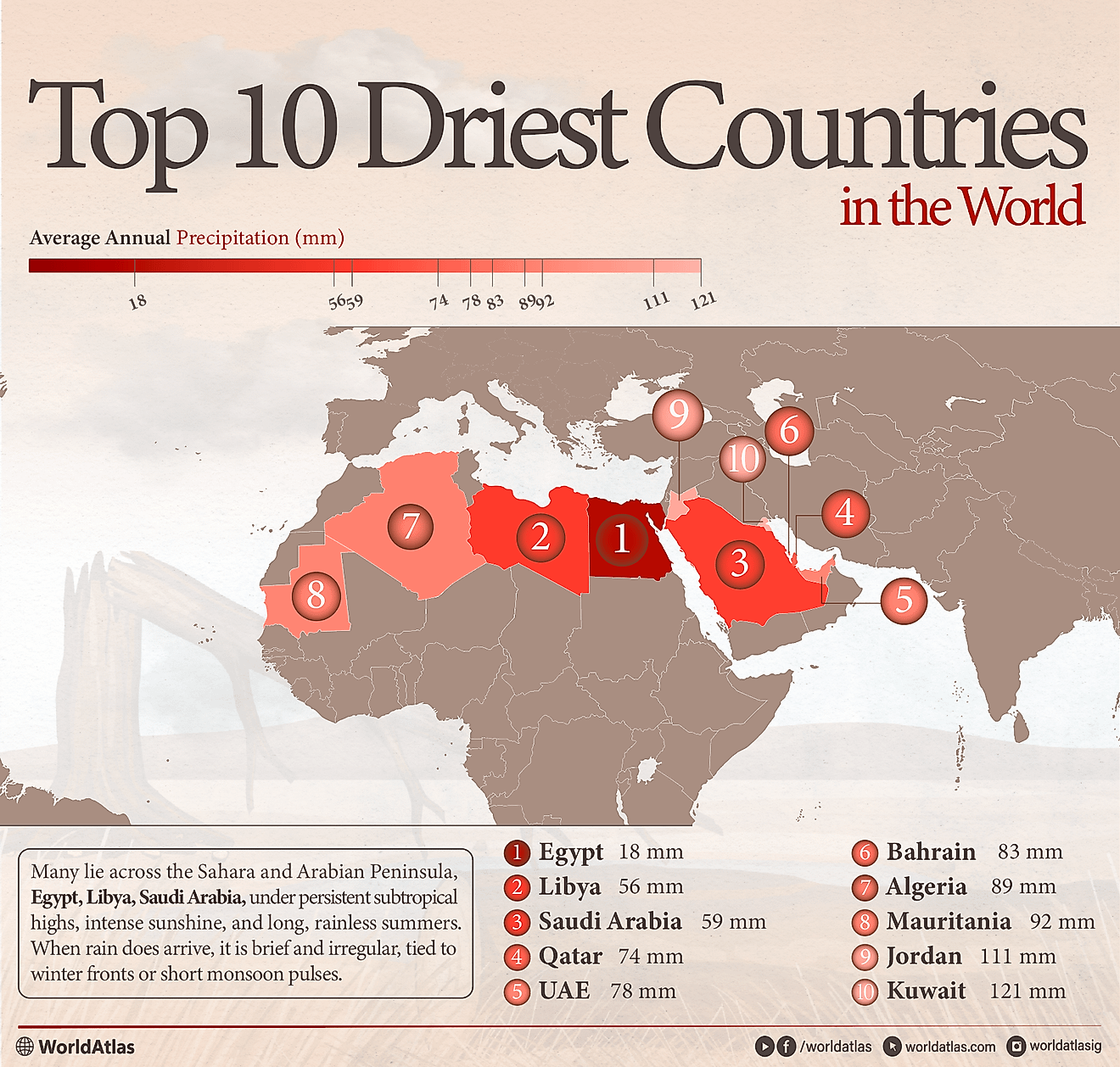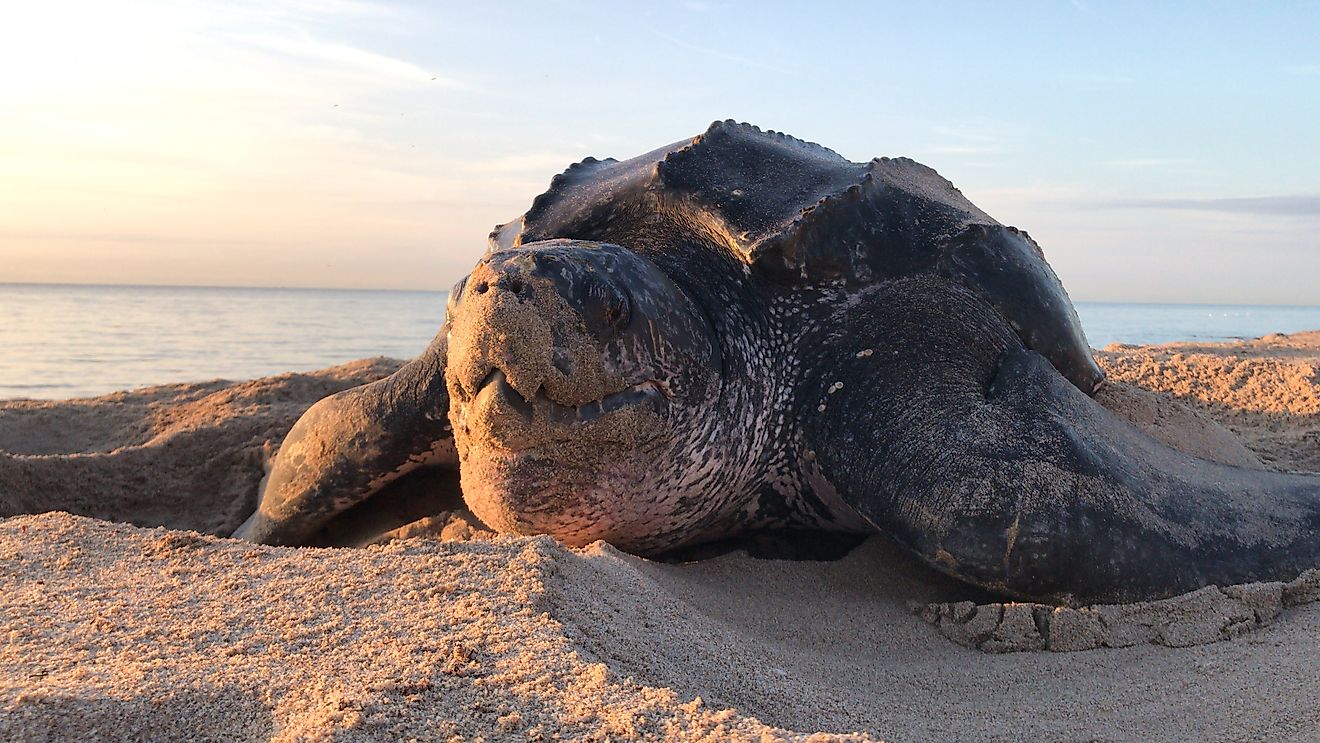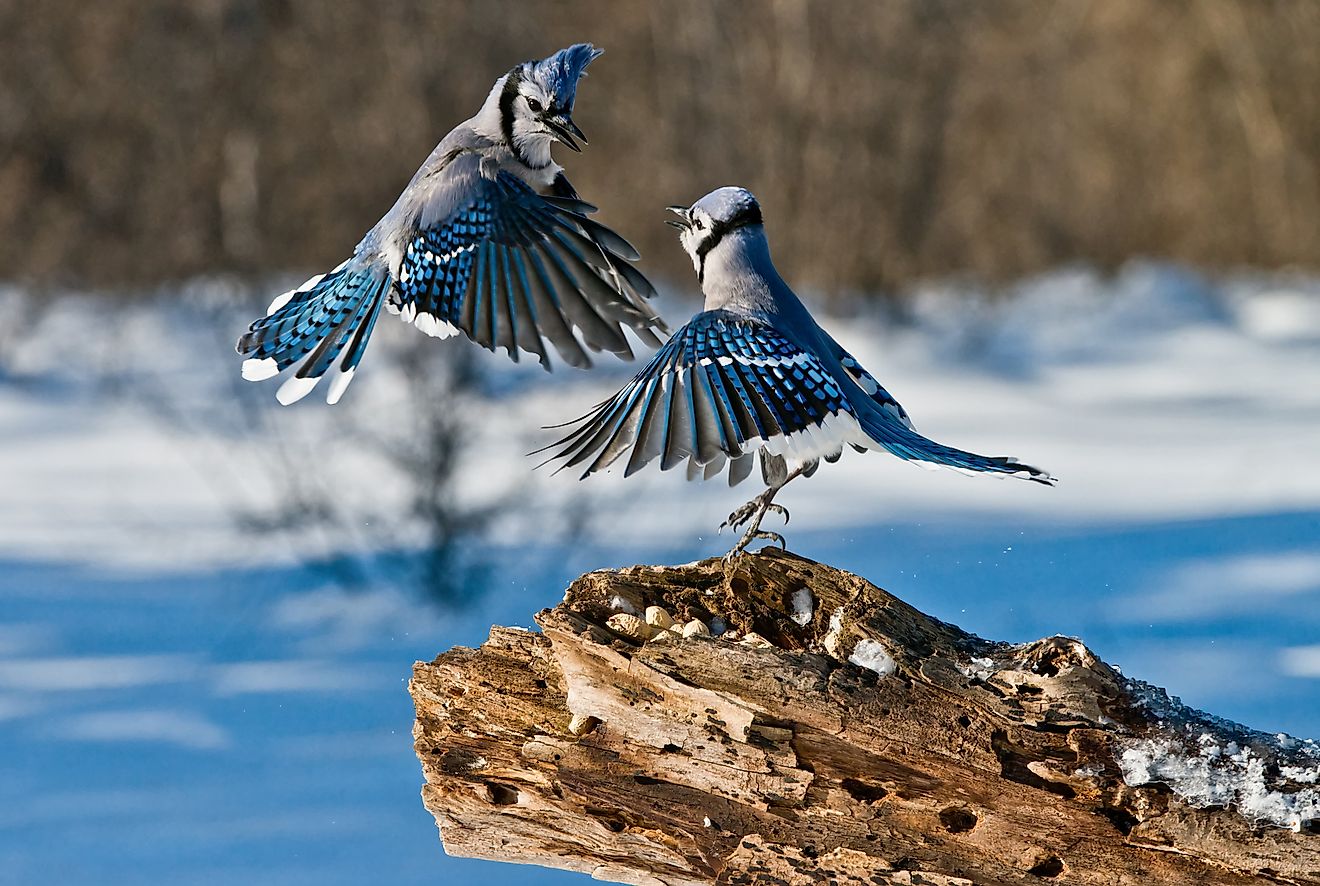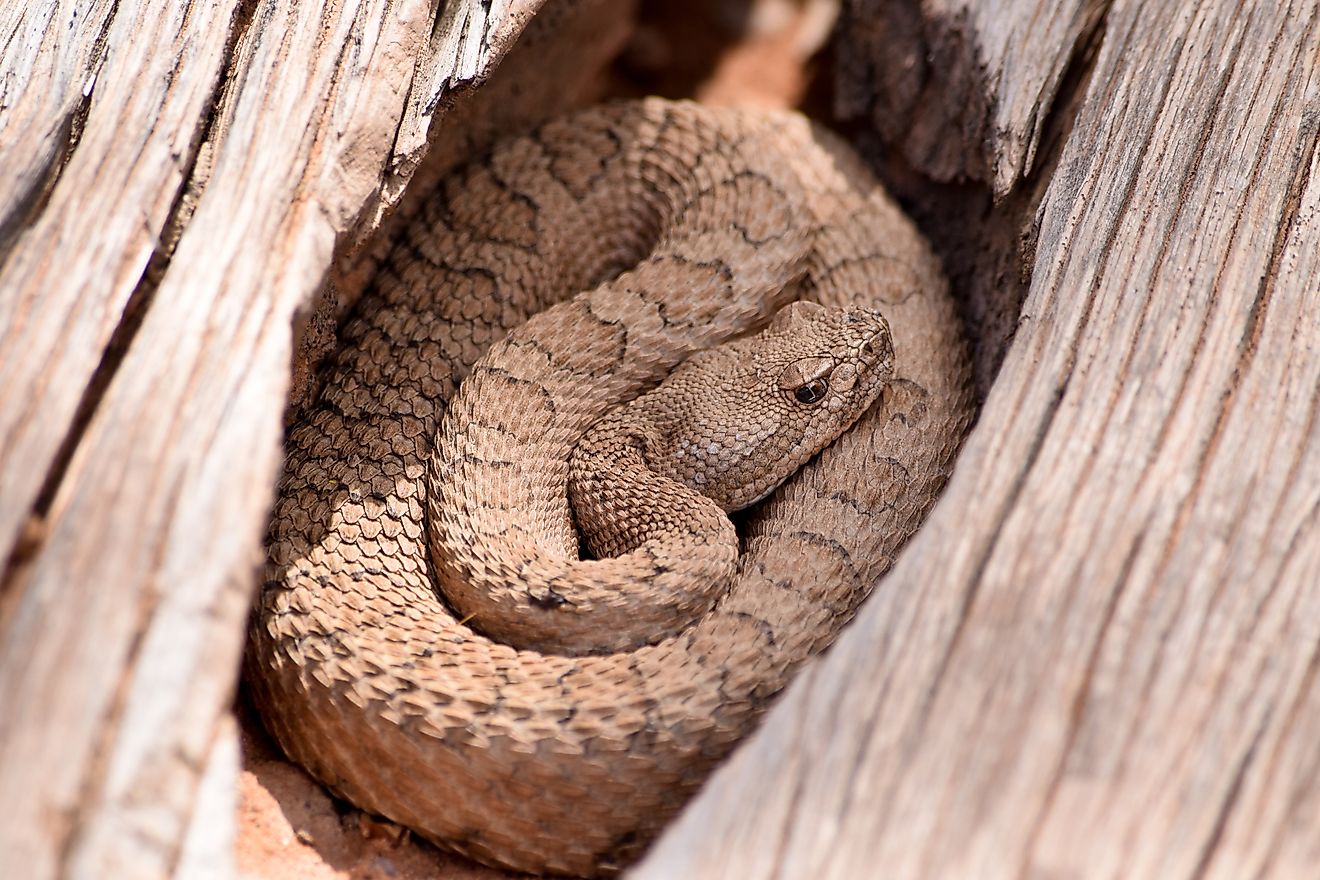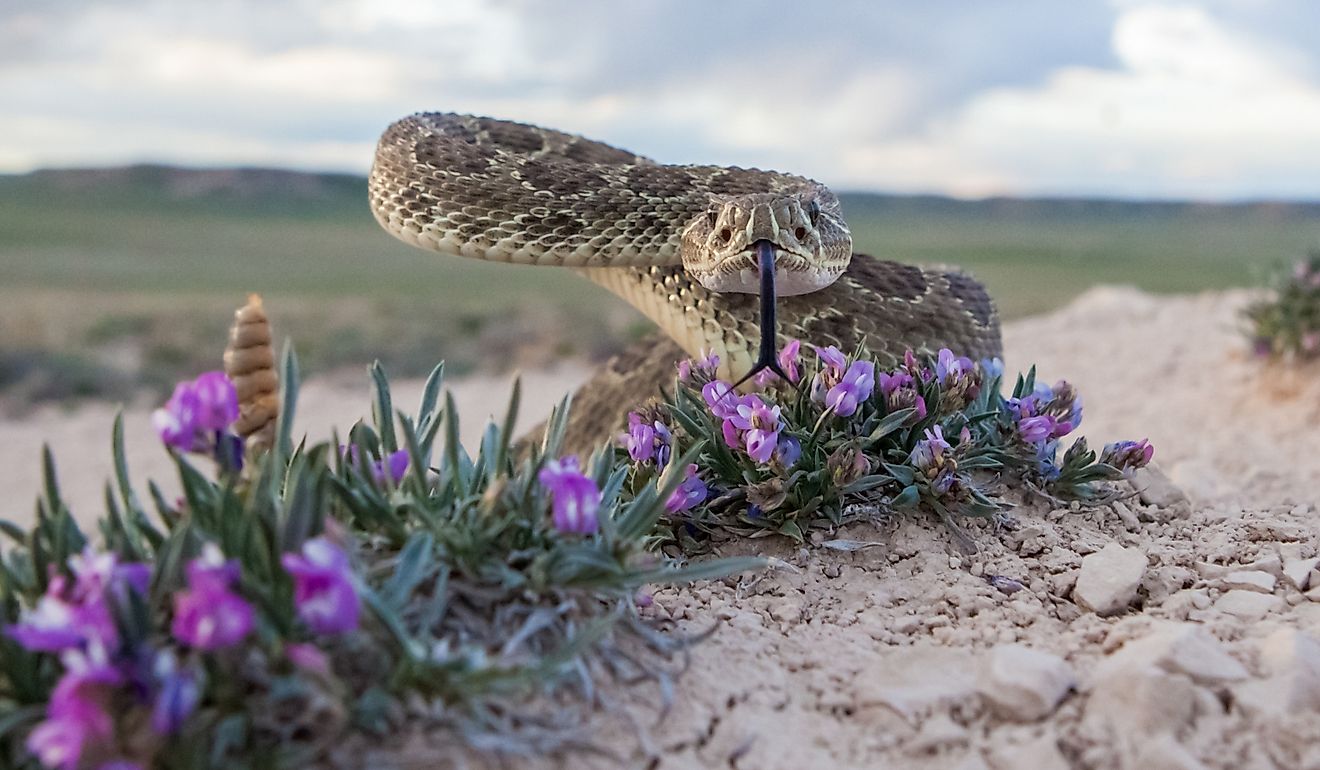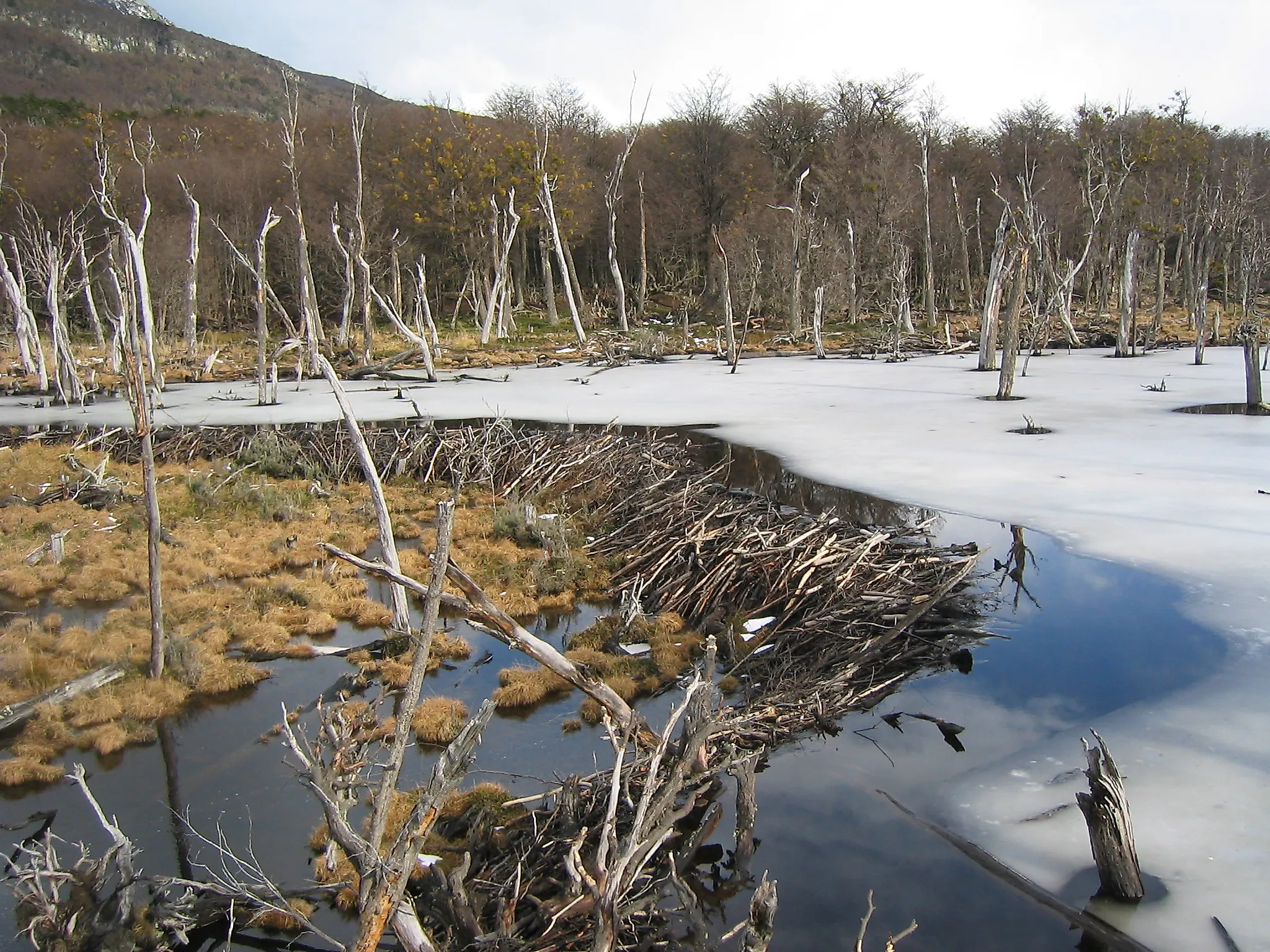
Invasive Species That Are Actually Helping Ecosystems
When most people hear the term "invasive species," they imagine ecological catastrophe: disappearing native wildlife, altered landscapes, and disrupted food webs. In many cases, those fears are justified. Invasive animals often outcompete native species, degrade habitats, and threaten biodiversity. But there are exceptions—rare, well-documented instances in which invasive species have filled ecological gaps, supported declining native populations, or even provided key ecosystem services. These examples do not undermine the real threats posed by biological invasions, but they remind us that nature doesn't continuously operate in absolutes. In a world shaped increasingly by human disturbance, some invasive species have become unlikely allies in the preservation or stabilization of ecosystems.
Round Goby in the Great Lakes: Invasive Prey, Native Predator Recovery
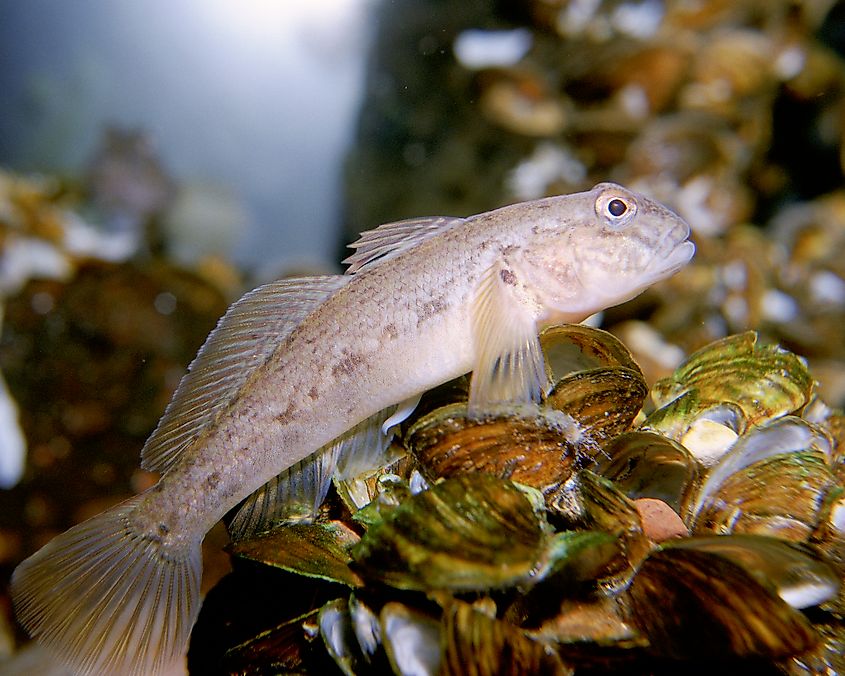
The round goby (Neogobius melanostomus) is a small bottom-dwelling fish native to the Black and Caspian Seas. It was introduced into the Great Lakes in the 1990s via ballast water discharged by transoceanic ships. Like many invasives, the round goby spread rapidly, disrupting native benthic fish communities and competing with local species such as sculpin and logperch. Yet over time, researchers began to notice a surprising twist.
Several native predators began heavily preying on round gobies, including lake trout, smallmouth bass, and the previously threatened Lake Erie watersnake (Nerodia sipedon insularum). For the watersnake, in particular, gobies make up more than 90% of its diet. This shift has contributed to the snake's dramatic population rebound and removal from the U.S. Endangered Species List in 2011. The goby's presence also indirectly benefits ecosystems by consuming invasive zebra and quagga mussels, disrupting nutrient flows, and fouling infrastructure throughout the region.
While round gobies are still considered ecologically disruptive, their integration into the food web has produced tangible benefits for native predators, demonstrating that some invasives can provide new energy pathways in novel ecosystems.
Introduced Birds as Seed Dispersers in Hawaii
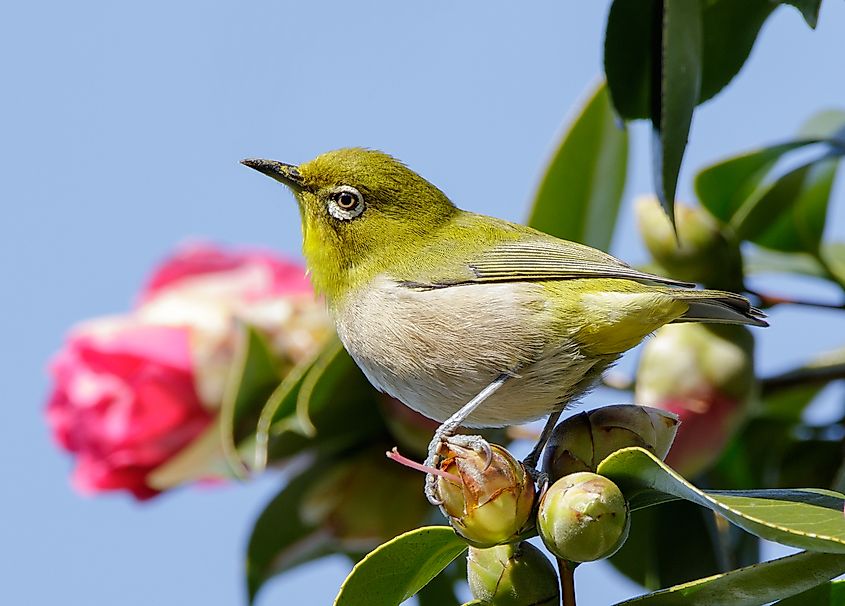
The Hawaiian Islands have experienced one of the highest rates of avian extinction in the world. Many of the archipelago's native fruit-eating birds—essential seed dispersers for native plants—have vanished due to habitat loss, disease, and introduced predators. Into this ecological void have stepped non-native bird species, such as the Japanese white-eye (Zosterops japonicus) and red-billed leiothrix (Leiothrix lutea).
These birds were not introduced for ecological restoration but for aesthetic or accidental reasons. Nevertheless, they now provide crucial dispersal services for native trees and shrubs, especially in lower elevation forests on islands like O‘ahu. A 2012 study in PLOS ONE found that over 97% of dispersed seeds in certain Hawaiian dry forests were transported by introduced birds. Without them, many native plants would experience dispersal failure, limiting their regeneration and range.
Of course, there are caveats. Introduced birds tend to have smaller gape widths than the extinct native species, meaning they often can't consume or disperse large-seeded plants. Still, in the absence of native frugivores, these non-natives prevent the complete collapse of seed dispersal networks.
This case underscores a key theme in invasion ecology: when native species are functionally extinct, an introduced organism may serve as a crucial, if imperfect, substitute.
Non-Native Honey Bees as Surrogate Pollinators (Worldwide)
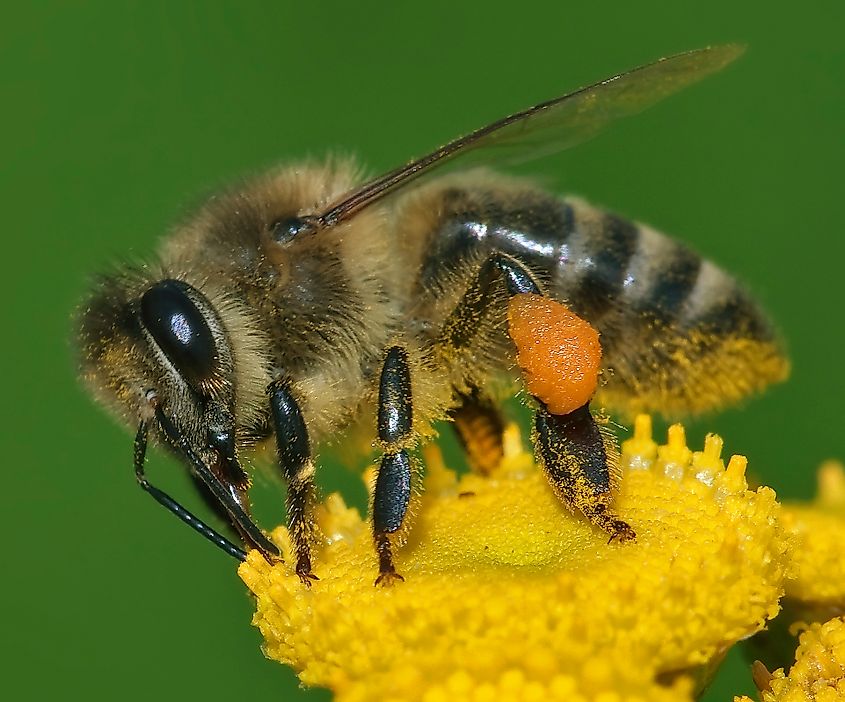
The European honey bee (Apis mellifera) is one of Earth's most widespread invasive species. Native to Europe, Asia, and Africa, these bees have been introduced nearly everywhere humans grow crops. While they often outcompete native pollinators and disrupt local plant-pollinator networks, honey bees also provide a critical ecosystem service in areas where native pollinators are already declining.
A 2020 paper in Biological Invasions assessed pollination networks across six continents and found that honey bees helped maintain pollination services that would have otherwise collapsed in specific fragmented or degraded ecosystems. In some cases, native plants have even begun to adapt their flowering cycles to honey bee activity.
This doesn’t mean honey bees are a perfect substitute—native bees often have specialized relationships with plants that honey bees can’t replicate. But in damaged ecosystems, their presence can be a buffer, buying time for native species recovery or adaptation.
Monk Parakeets Creating Urban Biodiversity (Spain)
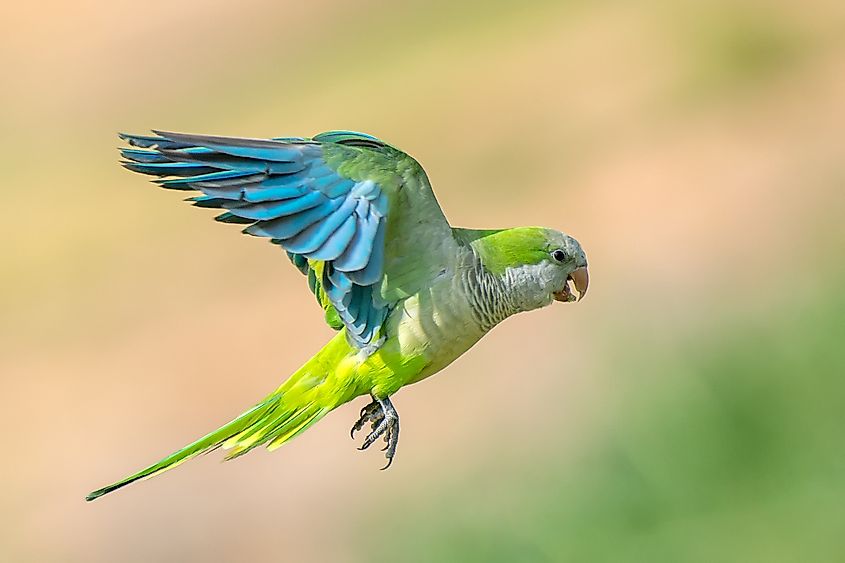
In several Spanish cities, including Barcelona and Madrid, feral populations of monk parakeets (Myiopsitta monachus) have carved out a niche in urban parks and green spaces. These birds are considered invasive in many regions. Yet recent studies suggest their presence in cities might do more good than harm.
A 2021 study published in Research Gate found that the parakeets’ large communal nests, built in palm trees and other tall vegetation, are quickly colonized by native species like house sparrows, starlings, and various insects once abandoned. These secondary nest users benefit from the structures in otherwise habitat-poor urban landscapes.
Additionally, their foraging behavior contributes to seed dispersal of both native and ornamental plants, increasing vegetative diversity in parks. Of course, they can still be agricultural pests in rural zones, but within the confines of dense cities, they’ve started acting like ecosystem engineers—creating space for biodiversity to flourish.
Feral Pigs Supporting Forest Regeneration (Seychelles)

Feral pigs (Sus scrofa) have a notoriously bad reputation for rooting up landscapes and disturbing native habitats, particularly in island ecosystems. However, their impact on the island of Aldabra in the Seychelles has been more nuanced.
A long-term study published in the Journal of Tropical Ecology (2023) shows that feral pigs have played an unexpected role in forest regeneration. Their rooting activity disturbs the soil to facilitate seed germination, especially for native hardwoods whose seeds require exposure to light and aerated substrates. In areas where pigs were excluded with fencing, regeneration rates of certain canopy trees declined due to increased ground cover from invasive vines.
This doesn’t mean the pigs are harmless. They still prey on ground-nesting birds and compete with native fauna for food. But their complex role in shaping forest structure has prompted conservationists to reconsider blanket eradication strategies in favor of site-specific management.
Tilapia as Mosquito Biocontrol Agents
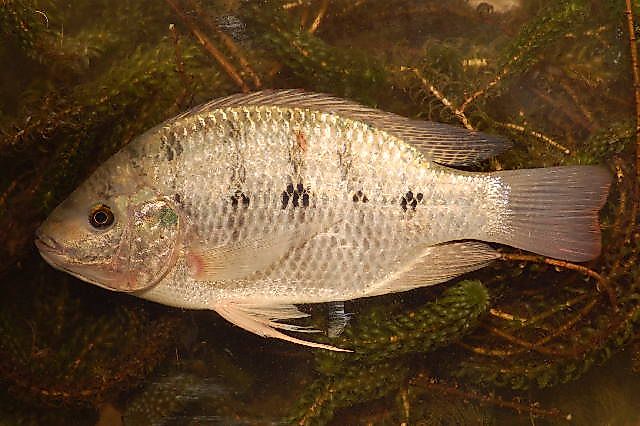
Oreochromis andersonii, a threatened species of south-central Africa
Tilapia, a group of primarily African freshwater fish in the genus Oreochromis, are among the world's most widely introduced species. Originally stocked for aquaculture and fishing, tilapia now inhabit lakes and rivers across Asia, Africa, and the Americas. In many ecosystems, they've been blamed for degrading water quality, outcompeting native fish, and altering aquatic vegetation.
Yet, tilapia have demonstrated a surprising benefit: mosquito control in regions plagued by mosquito-borne diseases like malaria, dengue, and Zika. Tilapia are voracious feeders, and in shallow, vegetated waters, they readily consume mosquito larvae. In Kenya, for instance, a study published in the Journal of the American Mosquito Control Association documented significant reductions in Anopheles mosquito larvae when tilapia were stocked in fishponds and drainage ditches.
This biological control function has public health implications. By reducing mosquito populations, tilapia can lower transmission rates of deadly diseases. At the same time, they provide a source of protein for local communities. Though their presence still poses risks to native aquatic fauna, their utility in vector control highlights a scenario where an invasive species contributes meaningfully to human and ecosystem health.
Beavers in Tierra del Fuego: Unintended Engineers
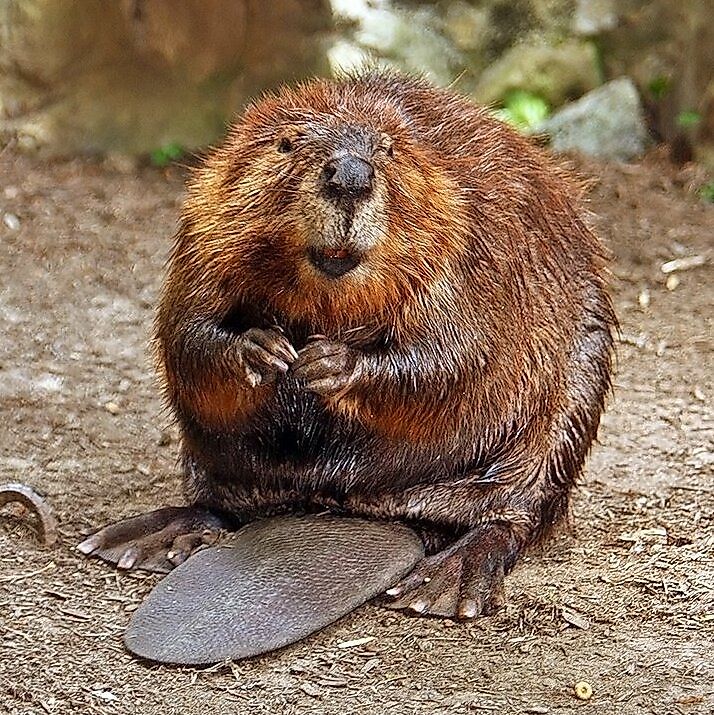
In 1946, the Argentine government introduced 20 pairs of North American beavers (Castor canadensis) into Tierra del Fuego to establish a fur trade. The trade failed, but the beavers thrived, spreading throughout the island and eventually crossing into Chile. Their ecological impacts have been severe: they flood forests, fell trees, and transform riparian zones in ways that native South American ecosystems are ill-equipped to handle.
And yet, in some cases, beaver-created wetlands have enhanced biodiversity. A 2009 study published in Mammal Review noted that beaver ponds in sub-Antarctic landscapes increased habitat heterogeneity and supported higher densities of native fish like Galaxias maculatus. Other research published in Frontiers in Conservation Science has shown that beaver wetlands may retain nutrients, improve water storage, and support amphibians and waterbirds not otherwise abundant in the region.
While few would argue that North American beavers belong in Tierra del Fuego, their engineering activities demonstrate that invasive species can sometimes mimic or substitute for ecosystem processes, even if the broader ecological consequences remain complex and contested.
These examples highlight a larger theme emerging in conservation science: not all invasions are uniformly negative, and some invasive species can play valuable roles in specific contexts. This doesn't mean that invasive species should be welcomed uncritically. Most invasions are still ecologically damaging, particularly in biodiverse or isolated systems. However, as global change accelerates and ecosystems are increasingly fragmented or degraded, the binary thinking that all non-natives are harmful may no longer be sufficient.
Ecologists now argue for "functional" assessments of species: What roles do they play? What services do they provide or disrupt? In some cases, it may be more damaging to remove a well-integrated invasive species than to leave it in place. Conservation strategies must therefore balance ecological integrity with pragmatism, especially in landscapes already altered by human activity.
The challenge lies in distinguishing between helpful and harmful invasions, understanding long-term impacts, and recognizing when an invasive species has become a necessary, if imperfect, part of the ecosystem. These are difficult decisions, but they are also opportunities to rethink restoration not as a return to a mythical past, but as a process of managing ecosystems for resilience, function, and biodiversity in a rapidly changing world.
